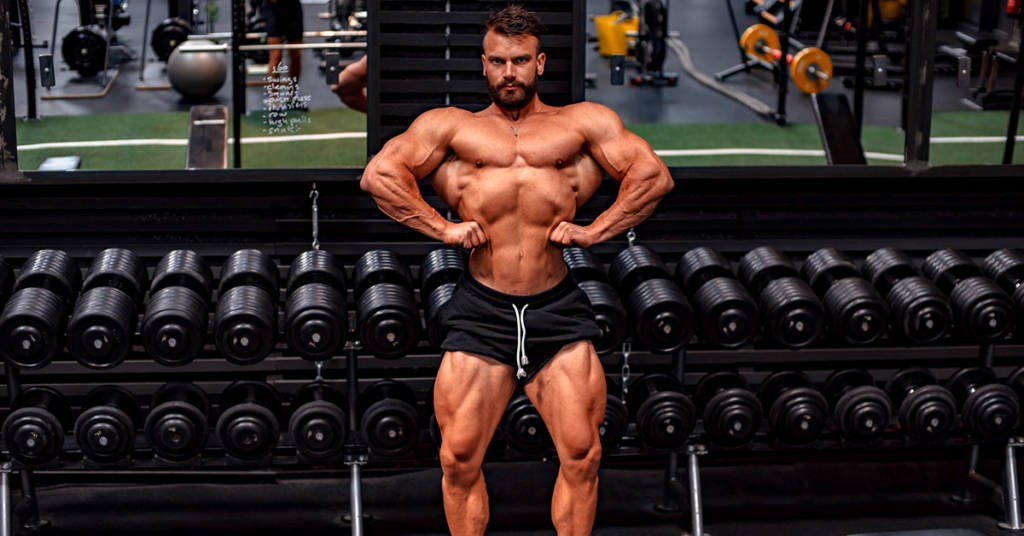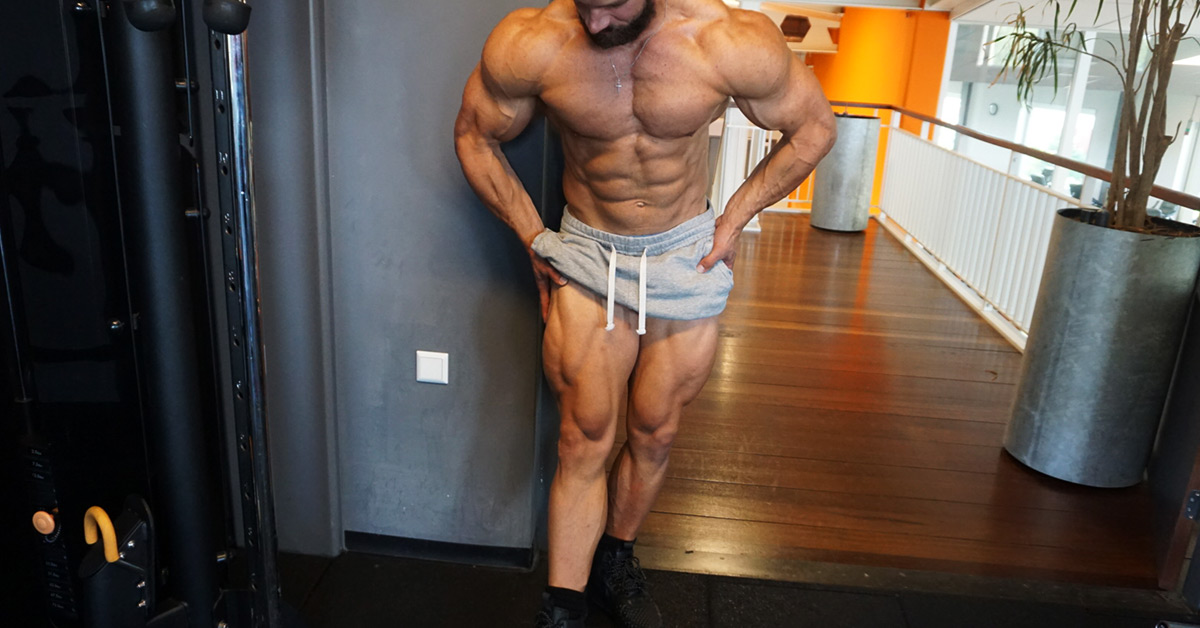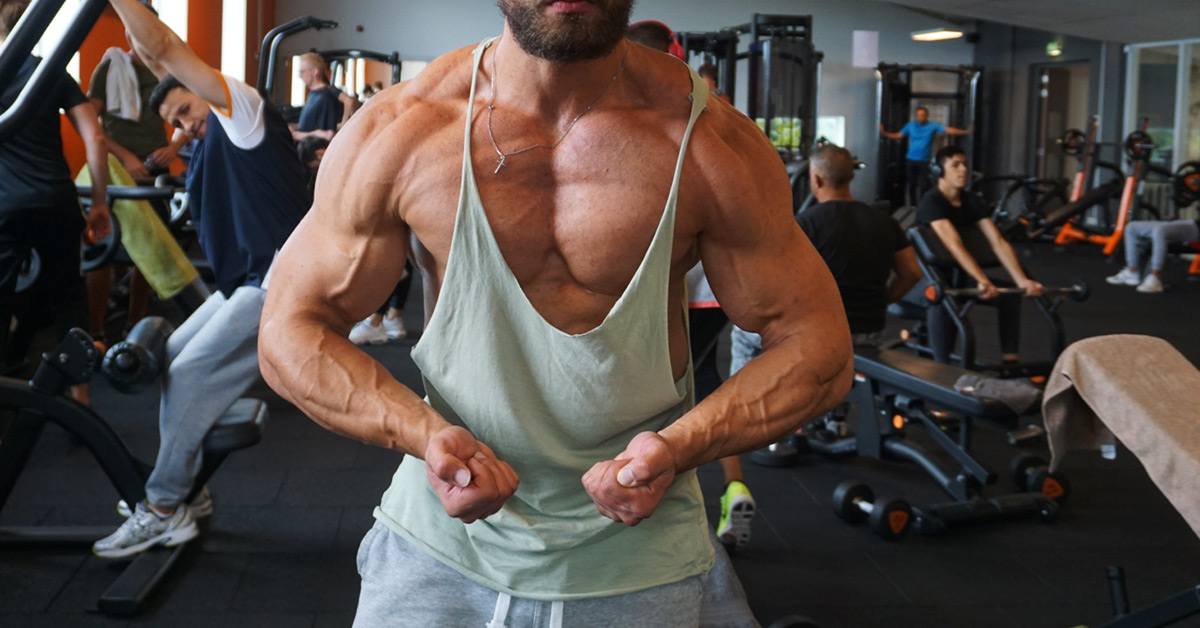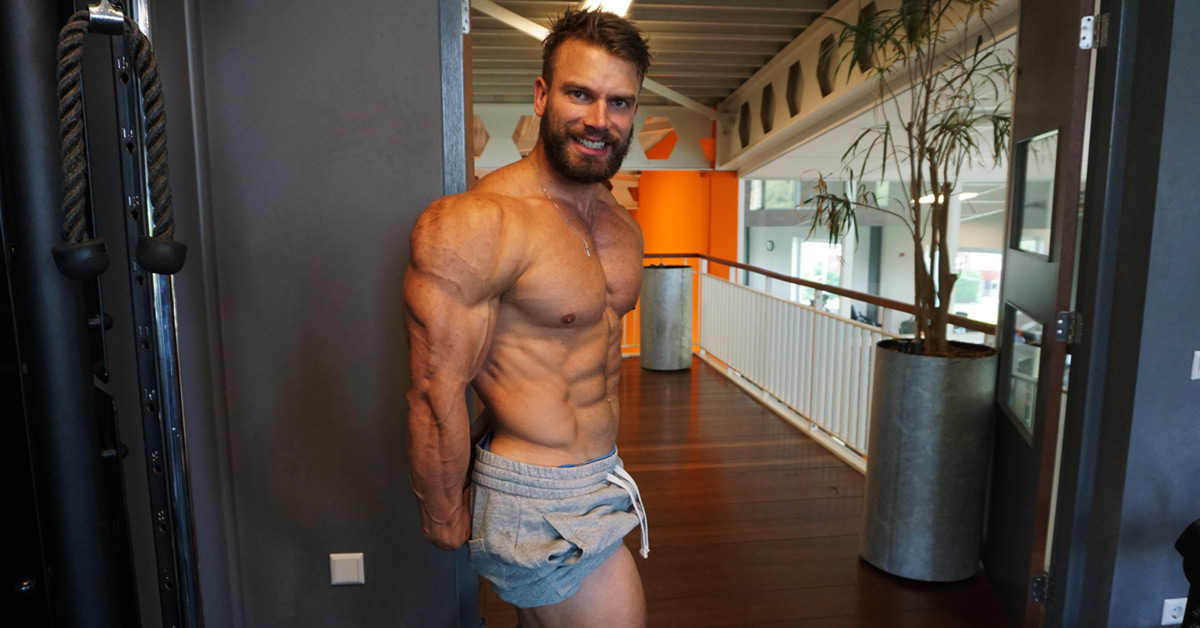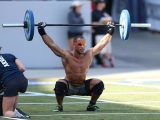THE OPTIMAL TRAINING STIMULUS IN PRACTICE
May 29, 2021In the previous 2 articles we saw why it is important to keep an eye on the quality of your reps; muscle growth is not necessarily about turning away as much volume as possible. In studies, work volume is always mentioned as the driver of muscle growth and I will not contradict that here of course. There is only a great nuance; the quality absolutely matters! That is why I will show you today what you should pay attention to in practice for an optimal training stimulus!
In the first article , we saw how you can determine the quality of your reps and which factors affect the quality of your reps, sets, and thus workouts. If the repetition is not firm, it cannot possibly form a good foundation for an optimal set and therefore not for an optimal muscle stimulation.
In the second article , we zoomed in on the specific use of good repetitions and why they matter; there are many ways in which you can miss your intended goal and go partially or completely wrong. Factors surrounding your training also matter. Rest in between sets can even determine the effect of that set. In addition, nutritional status also plays a role in this.
FROM TODAY YOU WILL APPLY IT YOURSELF!
We have only seen the tip of the iceberg, this story can go much deeper. After this series of articles, you will no longer see a workout as an hour of heavy dipping, but you can play with every repetition, every set, your rest times, in order to actually get the most out of your training.
However, it might be good to make every piece of new information practical. Nice, all that theory, but what can you do with it in practice? How do you use the knowledge from the previous two articles?
That’s why I’m going to provide you with homework for the coming weeks in this article. This way you will learn what to pay attention to and how to achieve the optimal training stimulus!
NOT A SPRINT BUT A MARATHON
The road to progression is long and certainly not straightforward; curves, hills and valleys will come your way and you will have to respond to them. Sometimes it is necessary to stop or even stop for a moment so that you can recover and have an overview of everything.
As rest is needed between sets, rest days are needed between workout days, load weeks or rest weeks are sometimes needed between certain blocks. There will be little discussion about the 1 st . Everyone knows the 2 nd (although there are plenty of people who don’t have rest days…). Arriving at the third e tip to go there perhaps been some eyebrows. We’ll get to this later, but periodizing necessary deloads will definitely get you more out of your workouts in the weeks that follow, just as you can get more out of rep 11 to 20 after 60 seconds of rest after rep 1 to 11, compared with repetitions 11 to 20 of the same set.
HOW IS YOUR PERFORMANCE?
Have you ever looked closely at how the performance of your exercises is? Have you ever really focused on which muscles do the work?
In the previous articles we saw that form is very important with isolation exercises, perhaps even more than with compound exercises. What are you saying JW? Compounds are technically much more difficult and more important !? I am not talking about injury prevention, but about achieving the intended training stimulus. (read article The science of the perfect repetition)
Of course this also applies to compound exercises; a stiff-legged deadlift that involves a lot of flexion and extension of the spine will be less effective for the hamstrings; A bench press with a very narrow grip ‘to spare your shoulders’ will not do much for the chest. Dips can be a very good mass builder for the triceps and even for the lower chest fibers, but when the shoulders come up and rotate internally you are tucking in …
Think about what you are doing an exercise for, and perform it for what it is for; Muscles can only actively shorten and pull 2 bones together; with this knowledge, along with the knowledge you can gain from the series of articles on the different muscle groups of the body that I wrote earlier this year, you should be able to figure out how to best perform an exercise for the purpose you envision have.
DO YOU FOCUS ON THE POUNDS OR THE MUSCLES?
In strength training there is a word hidden if you search well, namely strength. If you ask someone what strength is, you will likely quickly come to a definition like ‘being able to lift a lot’.
In a sense that is also true; strength training will make you stronger (if all goes well), which results in being able (and having to!) move more pounds; your body adapts. If you always exercise with the same weights, you will soon stop growing.
However, we run the risk of focusing too much on just how many kilos are hanging on the bar and not being concerned with what we are doing anymore, with the result that we are turning a lot of junk volume (see the previous 2 articles) . The other extreme is to be so extremely focused on execution and work pace and the perfect repetition that you never get around to weighing it down again. This will slow your progression for the reason just mentioned. The sweet spot is in between; do your exercises from the muscles for which the exercise is intended; you may be able to use some momentum in the last few reps to get the most out of it, but at least make sure the target muscle gets the bulk of the load. Weight is the means by which you reach your goal, not the goal itself.
GET IN, GET SHIT DONE, GET OUT.
The gym is not only the place where you train, but also a place where you meet your bro’s and bras. And that’s fine! Few things work better for motivation than meeting like-minded people and being able to socialize with these people and encourage and motivate each other. Yet there is also a dark side to this story; if you are too busy with the social aspect, there is a chance that the density of your training will suffer enormously. Your rest breaks are too long, you are not focused during your reps (see the heading above), and your total training time is far beyond the optimal number of quarters of an hour. As a result, you do not get the most out of your training and training takes much more of your days than necessary.
LOGBOOKS!
We can be brief about these. Many people, including sometimes myself, often exercise without actually tracking their progress. They train by feeling; if they have a lot of energy that day, they train heavily, if they do not feel that way or if it is fun, they train lightly. Auto-regulation can be a powerful tool when used correctly, but the risk of this type of training is that you will miss out on a lot of potential progression.
Progressive overload remains extremely important if you want to grow optimally!
TIME TO IMPROVE YOURSELF!
The previous two articles may have been somewhat abstract, despite containing a lot of information. Now read them again after reading this article. Try to bring something for yourself that you can benefit from. And let me know below this article what the most interesting points were for you! I like to hear it.
The most important thing now is to apply the homework yourself. In a few weeks’ time we will look back on this and discuss what you have noticed and what valuable information you get from this!
In the meantime, we will look at the following articles at periodization, at rest days, at combining different exercises

